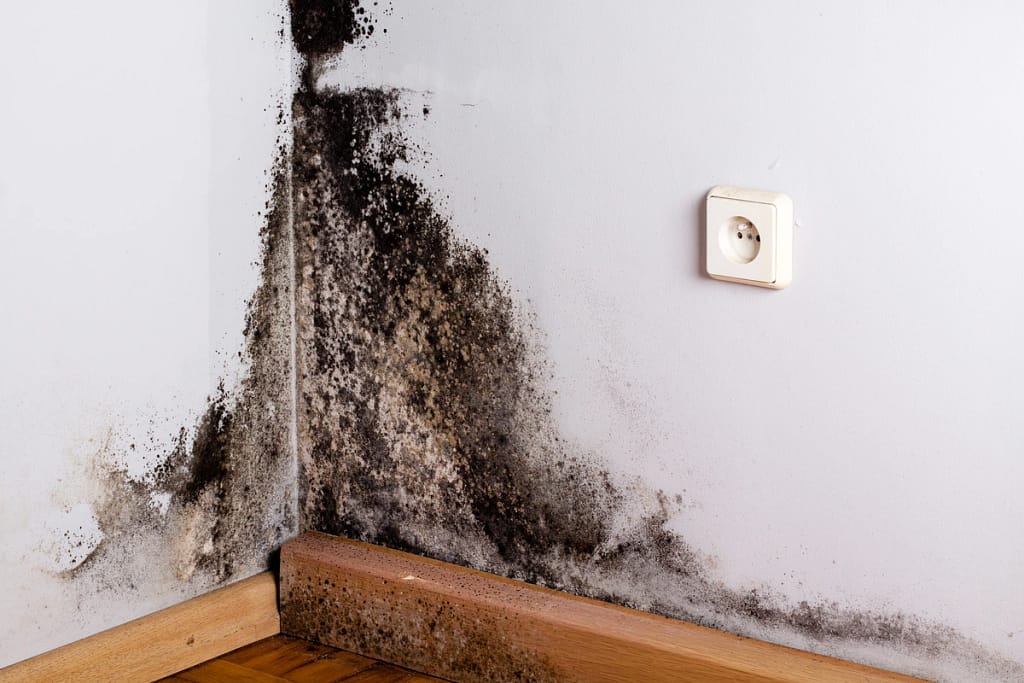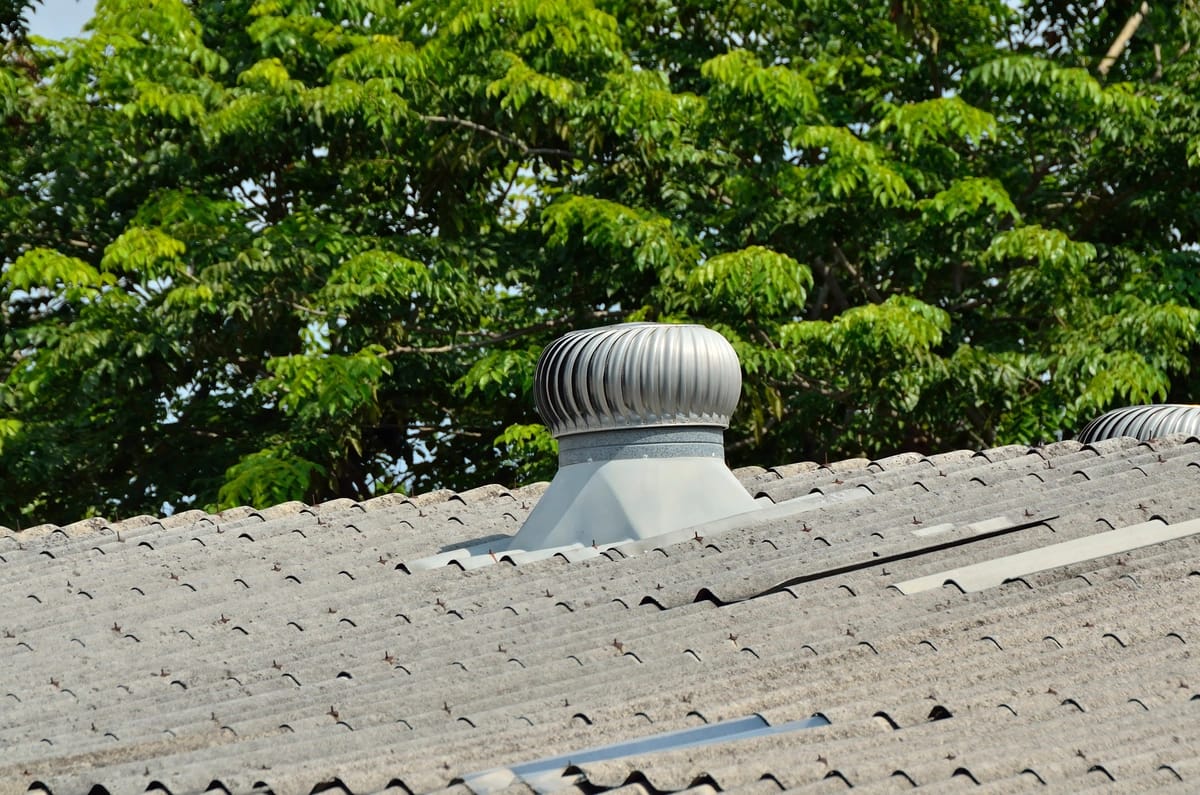When it comes to maintaining a healthy and functional home, roof vents play a crucial role that should not be overlooked. From improving air circulation to preventing moisture buildup, roof vents offer several benefits that can enhance the overall comfort and longevity of your home. In this homeowner’s guide, we’ll explore five reasons why roof vents are essential for your home.
Inside this blog:
- 5 key benefits of having roof vents for your home
- A 6-step guide for installing roof vents
Keep reading to learn everything you need to know about roof vents and why they’re critical to a healthy and comfortable home!
1. Preventing Moisture Damage

One of the primary functions of the roof vent is to regulate moisture levels in your attic. Without proper ventilation, moisture from activities like cooking, showering, and laundry can accumulate in the attic, leading to condensation, mold growth, and wood rot. Roof vents allow excess moisture to escape, reducing the risk of structural damage and costly repairs.
2. Improving Air Circulation
Proper air circulation is essential for maintaining a comfortable indoor environment and preventing issues like stale air and temperature imbalances. Roof vents work in conjunction with soffit vents to create a continuous flow of air through the attic, helping to remove stagnant air and heat buildup in the summer and preventing ice dams in the winter.
3. Extending Roof Lifespan
Roof vents play a critical role in extending the lifespan of your roof by reducing the risk of damage caused by heat and moisture buildup. By allowing hot air to escape from the attic, roof vents help regulate temperature fluctuations that can cause shingles to deteriorate prematurely.
Additionally, proper ventilation can prevent the formation of ice dams, which can damage roof materials and lead to leaks.
4. Enhancing Energy Efficiency
Proper attic ventilation can also improve the energy efficiency of your home by reducing the workload on your HVAC system. By venting hot air out of the attic, roof vents help keep the temperature inside your home more consistent, reducing the need for heating and cooling.
This can result in lower energy bills and a more comfortable living environment year-round.
5. Protecting Indoor Air Quality
In addition to preventing moisture-related issues, roof vents also help maintain healthy indoor air quality by reducing the buildup of pollutants and allergens in the attic.
By allowing fresh air to circulate through the attic space, roof vents help remove stale air and odors, promoting a healthier living environment for you and your family.
Installing Roof Vents: A Step-by-Step Guide
If you’re considering installing roof vents on your home, here’s a 6-step guide to help you get started:
1. Assess Your Attic
Before you embark on installing roof vents, take the time to thoroughly assess the current ventilation situation in your attic. This involves examining the existing vents, if any, and determining if they are providing adequate airflow. Consider the size and layout of your attic, as well as any obstructions that may impact ventilation, such as insulation or ductwork.
By understanding the ventilation needs of your attic, you can make informed decisions about the type and number of roof vents required to ensure optimal airflow and prevent issues like moisture buildup and heat accumulation.
2. Choose the Right Vents

When it comes to selecting roof vents, it’s essential to choose options that are compatible with your roof type and climate conditions. There are various types of roof vents available, each with its own unique features and benefits.
For instance, roof ridge vents are installed along the peak of the roof and provide continuous ventilation along the entire ridge line. Static vents are stationary vents that are installed on the roof surface and rely on natural convection to expel hot air from the attic. Turbine vents use wind power to create airflow, while solar-powered vents harness solar energy to power a fan that ventilates the attic.
Consider factors such as roof slope, prevailing winds, and the presence of nearby obstructions when selecting the right vents for your home to ensure proper roof ventilation.
3. Determine Placement
Once you’ve chosen the type of vents you want to install, it’s time to determine their placement on the roof. Proper placement is crucial for ensuring effective ventilation and preventing issues like uneven airflow and moisture accumulation. Consider factors such as the slope of your roof, prevailing wind patterns, and the location of obstructions like trees or neighboring buildings.
Ridge vents, for example, should be installed along the peak of the roof to take advantage of natural convection currents, while static vents should be spaced evenly across the roof surface to ensure uniform airflow.
By carefully planning the placement of your roof vents, you can maximize their effectiveness and prolong the lifespan of your roof.
4. Prepare the Roof
Before you begin installing the roof vents, it’s essential to prepare the roof surface to ensure a smooth and secure installation.
- Start by cleaning the roof surface thoroughly to remove any dirt, debris, or loose material that could interfere with the installation process.
- Use a broom or leaf blower to clear away leaves, branches, and other obstructions from the roof surface.
- Once the roof is clean, use a chalk line or template to mark the locations where the vents will be installed.
This will help ensure accurate placement and alignment of the vents, preventing issues like uneven spacing or misalignment that could affect their performance.
5. Install the Vents
With the roof surface prepared and the vent locations marked, it’s time to install the roof vents. Follow the manufacturer’s instructions carefully, ensuring that each vent is installed securely and according to the recommended guidelines.
- For ridge vents, this may involve removing shingles along the ridge line and cutting a slot in the roof decking to accommodate the vent.
- For static vents, simply place the vents in the marked locations and secure them to the roof surface using roofing nails or screws. Be sure to seal around the edges of the vents with roofing cement or silicone caulk to prevent water infiltration and ensure a watertight seal.
6. Test for Proper Function
Once all the vents are installed, it’s essential to test for proper airflow to ensure that the ventilation system is functioning correctly. Stand outside the home and feel for air movement around the vents, checking for signs of airflow such as rustling leaves or waving grass.
Additionally, you can use a smoke pencil or incense stick to visualize the airflow around the vents. Make any necessary adjustments to the vents or their placement to ensure optimal ventilation and prevent issues like hot spots or moisture buildup in the attic.
By thoroughly testing the ventilation system, you can ensure that your roof vents are performing as intended and protecting your home from issues like heat buildup, moisture accumulation, and poor indoor air quality.
🏠 A Comfortable Home Has The Right Roof Vents
By following these steps and investing in roof vents for your home, you can enjoy improved air quality, energy efficiency, and protection against moisture damage, helping to ensure a healthy and comfortable living environment for years to come.
Get in touch with our team of roofing contractors at Premiere Roofing & Gutters for any questions or concerns about the roof that hangs over your home’s head. We’re excited to help bring your next roofing vision to life!




